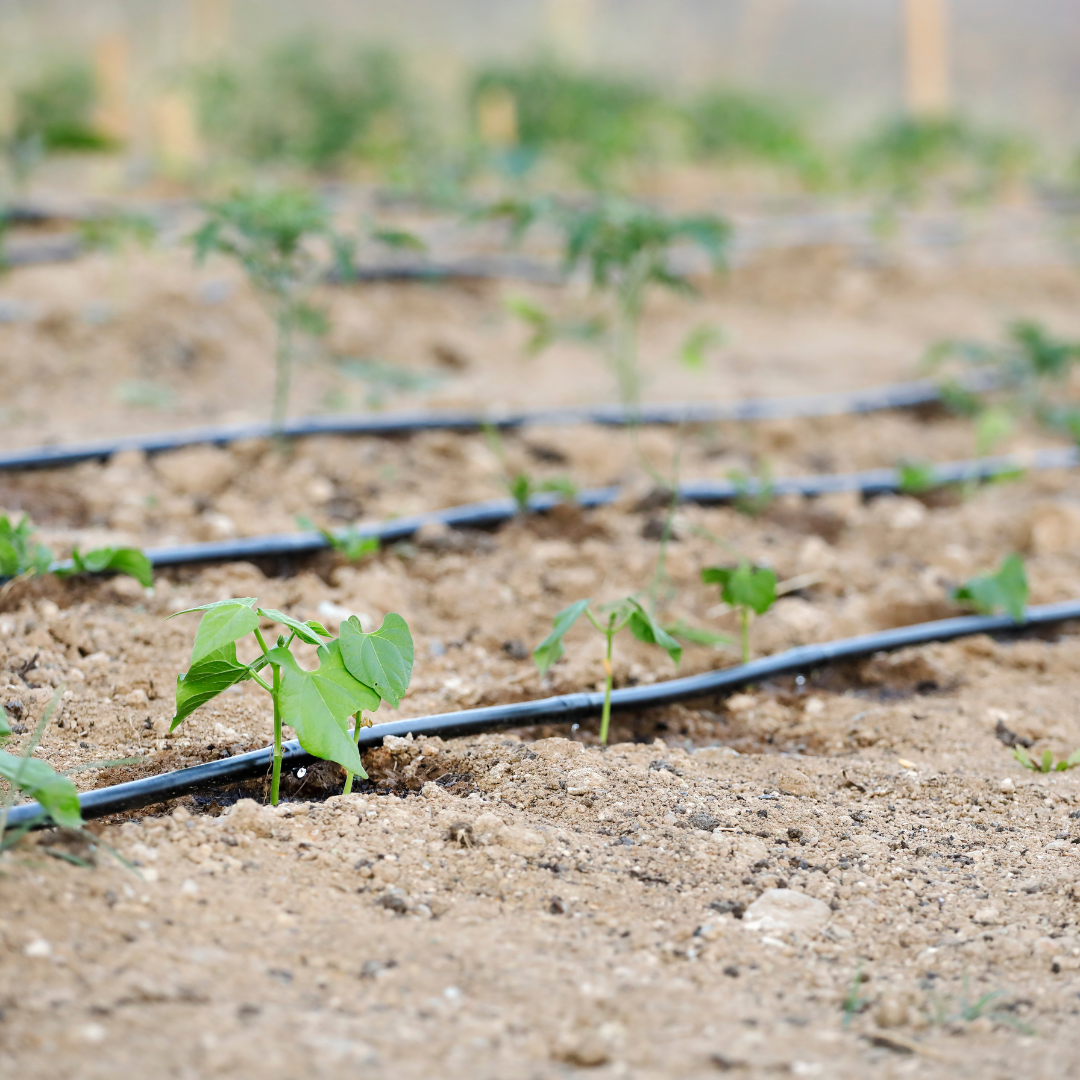Sustainable Landscaping; Living Today Without Degrading Tomorrow
With climate change altering the way we think about conservation, designing sustainable landscapes is becoming more important for the protection of our community and environment. It also challenges us to expand beyond the typical plant palettes and methods for landscape design, creating options that preserve the environment while cultivating it to thrive. Here are three ways we make an impact on the environment while enhancing our designs.
It’s in the Mulch
The first rule of sustainable landscaping is mulch. A 3” layer of mulch can help your landscape retain moisture and suppress weeds while not being too thick to prevent water penetration or getting packed down too tightly. Because of its high water retention, you don’t have to irrigate as much, making it extremely valuable, especially for landscapes with drier seasons. You only have to lay mulch every year to year and a half; it requires minimal maintenance, while also being cost-efficient.
Mulch also reduces the need for fertilization because the organic matter provides nutrients to the plants as it decomposes. Arroyo Seco Construction cautions against using processed alternatives such as “gorilla hair” mulch or redwood bark. Instead, we encourage buying locally generated products, resulting in a greater impact locally and globally.
Using Water Wisely
At Arroyo Seco, we firmly believe that a well-installed drip irrigation system will pay for itself over time. Typically, a system can last about ten years without any major maintenance, making it extremely valuable and cost-effective. When sized and spaced appropriately, it will continue to support your plants as they grow by releasing water slowly and more efficiently.
The Next Great Xerophile
It’s essential to think long-term for your landscape. At Arroyo Seco, we want our designs to beautify over time, which means installing a plant palette that will look nice at first while it develops into a beautiful and mature landscape over time. With the increasing drought, ASC designers are spending more time digging deeper into nursery stock to find unique, low-maintenance, and drought-tolerant varietals, called “xerophiles''. This allows us to provide our clients with unique, drought-tolerant plant materials, such as an old classic that has gone out of popular use for a new hybrid succulent or cactus.
Replacing plants less often is more sustainable, so it’s important to choose plants that last decades rather than a few years. In response to the drought, ASC’s recent palettes have become more specimen oriented and less perennial. The specimens are the backbone of our designs, with fewer perennials that can be switched out. Installing slightly more specimen plants allows the garden to establish over time while still providing the ability to refresh the look with new material every few years. The result is a garden that is both dynamic and sustainable and beautifies over time.
Arroyo Seco Construction seeks to uphold the goals of sustainable landscaping by viewing water as a valuable resource, finding cost-efficient solutions, and preserving existing plant materials; our team does this by using techniques that are sustainable, regenerative, and sourced locally.
Have a project in mind? Talk to us about our sustainable methods and design options.




